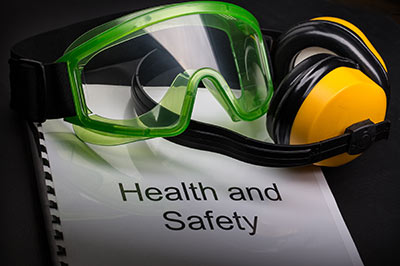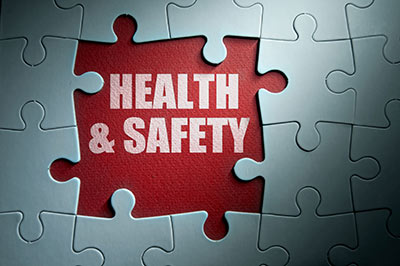Jeong, Ji, Koo, Hong, & Park, 2014
The environmental impacts of a building are determined in the project planning phase, affecting the whole life cycle of the building. Thus, they should be assessed in the project planning phase so as to reduce the whole environment impacts of the building. This study aims to develop a model for predicting the environmental impacts of a building in the project planning phase, focused on educational facilities. This study was conducted in three steps: (i) collection of several information on educational facilities and cluster formation using the decision tree; (ii) development of the prediction model using the advanced case-based reasoning; and (iii) evaluation of the environmental impacts of educational facilities with six categories. The proposed model was verified compared to the actual data. The error rate for the resource depletion potential was determined to be at 14.14%; global warming potential, 6.80%; ozone-layer depletion potential, 27.29%; acidification potential, 12.94%; eutrophication potential, 18.73%; and photochemical oxidation potential, 43.23%. Due to the limitations of the available information in the project planning phase, it was shown that some impact categories might be estimated with relatively lower accuracy. The proposed model allows an architect or a facility manager to easily and accurately estimate the environmental impacts of the educational facilities. It could also be useful for establishing a national environmental policy such as a carbon emissions reduction target. In addition, it could be extended to any other building type or country in the global environment.
View Article









